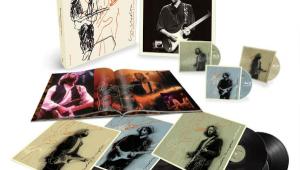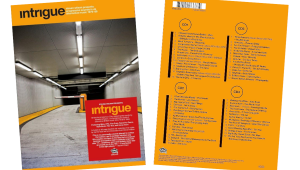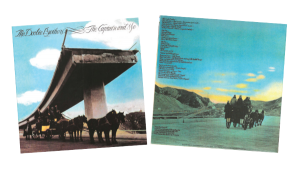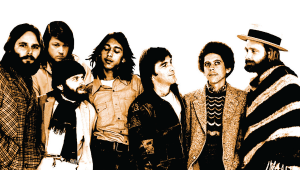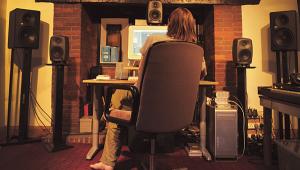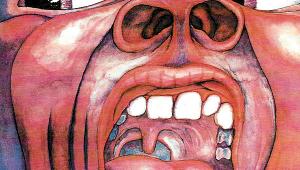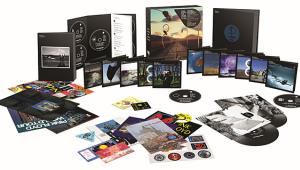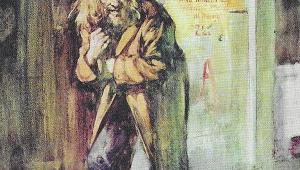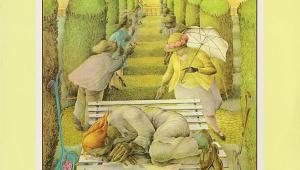Welcome to the Machines Page 3
Here, and There
Wish You Were Here (1975) provides another clear view into the technology behind Pink Floyd's music. Recorded 2 years after Dark Side, it didn't attempt to rival its predecessor and instead turned to more subtle techniques. Returning to Abbey Road Studios, and with Parsons unavailable to get behind the board, the band instead hired Brian Humphries to engineer the album.
Musique concrete techniques are again used extensively - perhaps most prominently in the opening of the title track when Gilmour's car radio briefly tunes across the finale of Tchaikovsky's Symphony No. 4.
Household Objects, an experiment pursued and soon abandoned after Dark Side, used household appliances and simple items as musical instruments. Small bits of those recordings found their way onto Wish You Were Here, and two of the original Household tracks ("The Hard Way" and "Wine Glasses") are included in album's Immersion box set.
A glass harmonica - an instrument that other music luminaries such as Mozart and Beethoven composed for - makes an appearance on "Shine On You Crazy Diamond." It's made of glass disks (or wine glasses filled with different amounts of water) to give different pitches, and is played by lightly pressing a wet finger on each disk or rubbing each rim. And synthesizers are again employed on WYWH (most notably on "Welcome to the Machine"), but are less prominent overall.
The Later Years
Of course, all of the band's albums contain great examples of studio prowess. Sometimes the effect is powerful, and sometimes it's just plain endearing.
In the very atmospheric-sounding "Pigs (Three Different Ones)," from 1977's Animals, Gilmour uses a Heil talk box, an effects processor that's controlled through a mouth tube, on his guitar solo to create pig sounds. Also on "Pigs," the use of doubling, flanging, and panning on the vocals is truly a marvel to hear.
The Wall (1979), recorded on a 24-track recorder, returned to time-tested musique concrete techniques. Phone calls, television shows, tire noises, a demolished TV set, smashed crockery, and ambient sounds outside a studio window on Hollywood Boulevard are all part of the artistic perfection.
For 1983's tension-filled The Final Cut, band members were still inquisitively exploring new technology. Mason recorded sound effects - like the explosion in "Get Your Filthy Hands Off My Desert" - using the Holophonics sound recording system to impart a surround effect to the stereo recording. Interestingly, and fittingly, sound effects from Meddle, Dark Side, WYWH, Animals, and The Wall are given a second hearing on this last album with Waters as part of the band.
The history of Pink Floyd is a journey filled with technical innovation. Few musicians, and certainly only the great ones, have so dramatically traversed such a range. And Floyd's musical growth from The Piper at the Gates of Dawn to The Final Cut is genuinely amazing.
Throughout that span, one constant remained: the band's determination to push boundaries, and to find originality wherever their sonic experimentation carried them. But perhaps the most impressive aspect is that after all these years, their creativity still sounds fresh.

